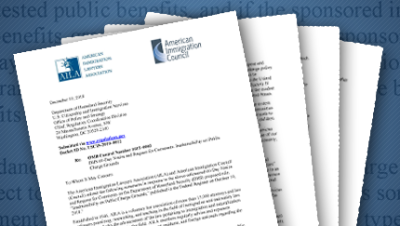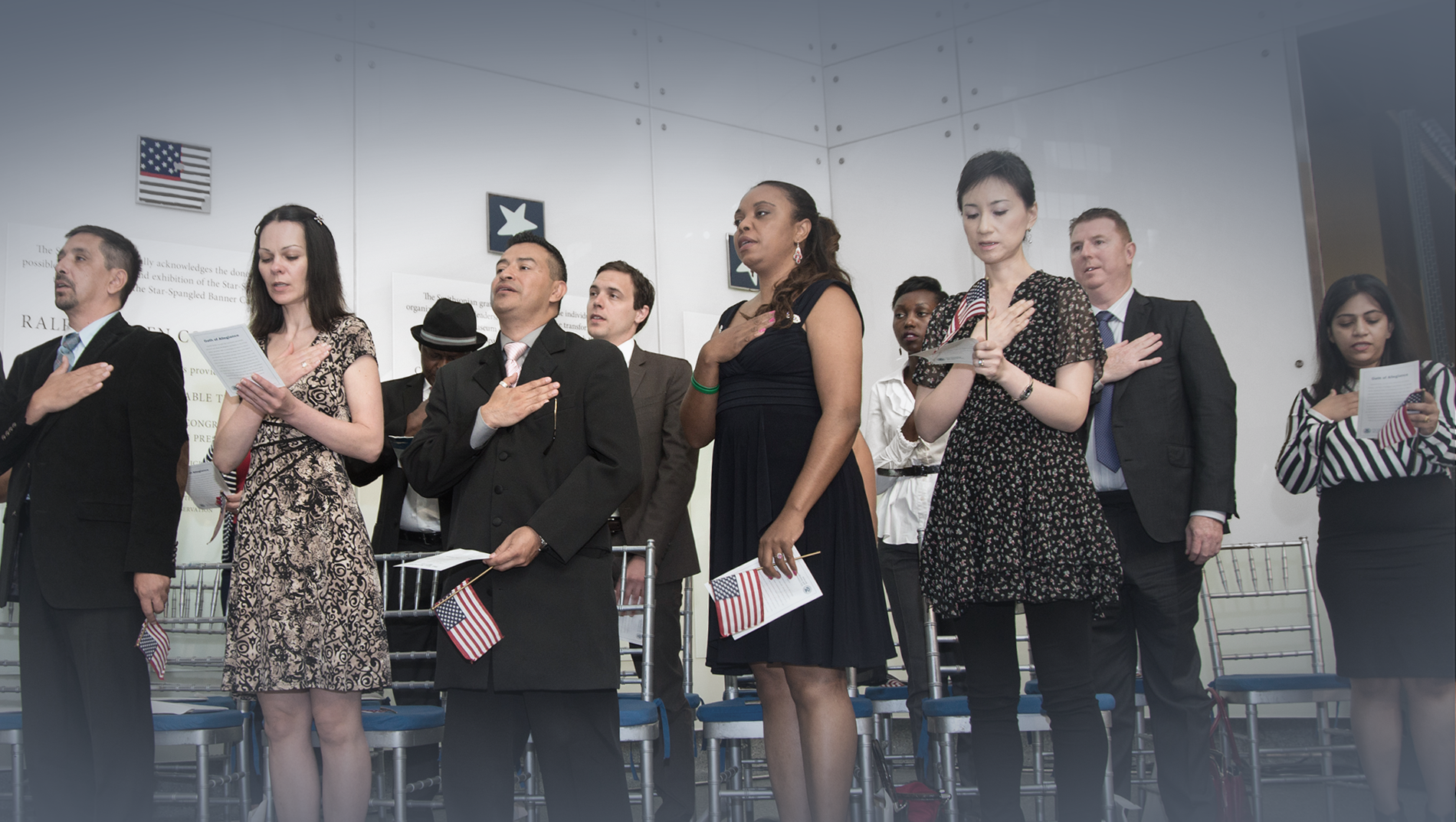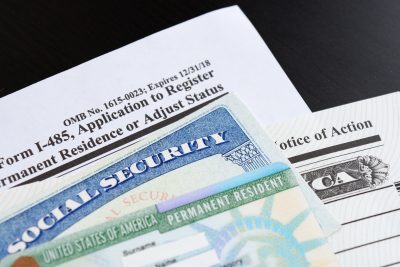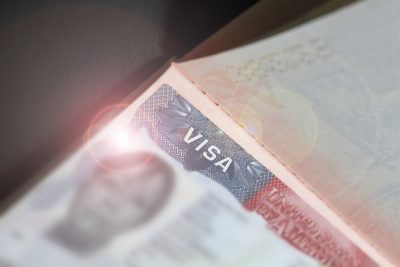How the Immigration System Works
The U.S. immigration system operates under an intricate set of rules that outline who can enter, reside in, and become a citizen of the United States. It includes various pathways like family-based immigration, employment visas, and refugee and asylum status, each with its own criteria and application processes. Several federal agencies, including the Department of Homeland Security and the State Department, oversee the system and enforce immigration laws and policies, handle applications, and manage border control. Learn more by exploring the resources below.
How the United States Immigration System Works
- How the Immigration System Works
- June 24, 2024
U.S. immigration law is very complex, and there is much confusion as to how it works. This fact sheet provides basic information…
Read More

Statement for the Senate Homeland and Security and Governmental Affairs Committee on “The 2014 Humanitarian Crisis at our Border: A Review of the Government’s Response to Unaccompanied Minors One Year Later”
The statement highlights our revised report, A Guide to Children Arriving at the Border: Laws, Policies and Responses (June 2015), which explains why children are fleeing their homes in Central America, what happens to the children once they are in U.S. custody, and what the government has done in response. Read More

Statement for the Senate Homeland Security and Governmental Affairs Committee on “Ongoing Migration from Central America: An Examination of FY2015 Apprehensions”
The statement shares our research and analysis regarding the children and families that have fled Central American violence to the United States. Read More

Comments Opposing “Public Charge” Plan
The American Immigration Council, with the American Immigration Lawyers Association, filed comments because a financial litmus test should never serve as a measure for who we welcome into our country. Read More
Make a contribution
Make a direct impact on the lives of immigrants.








